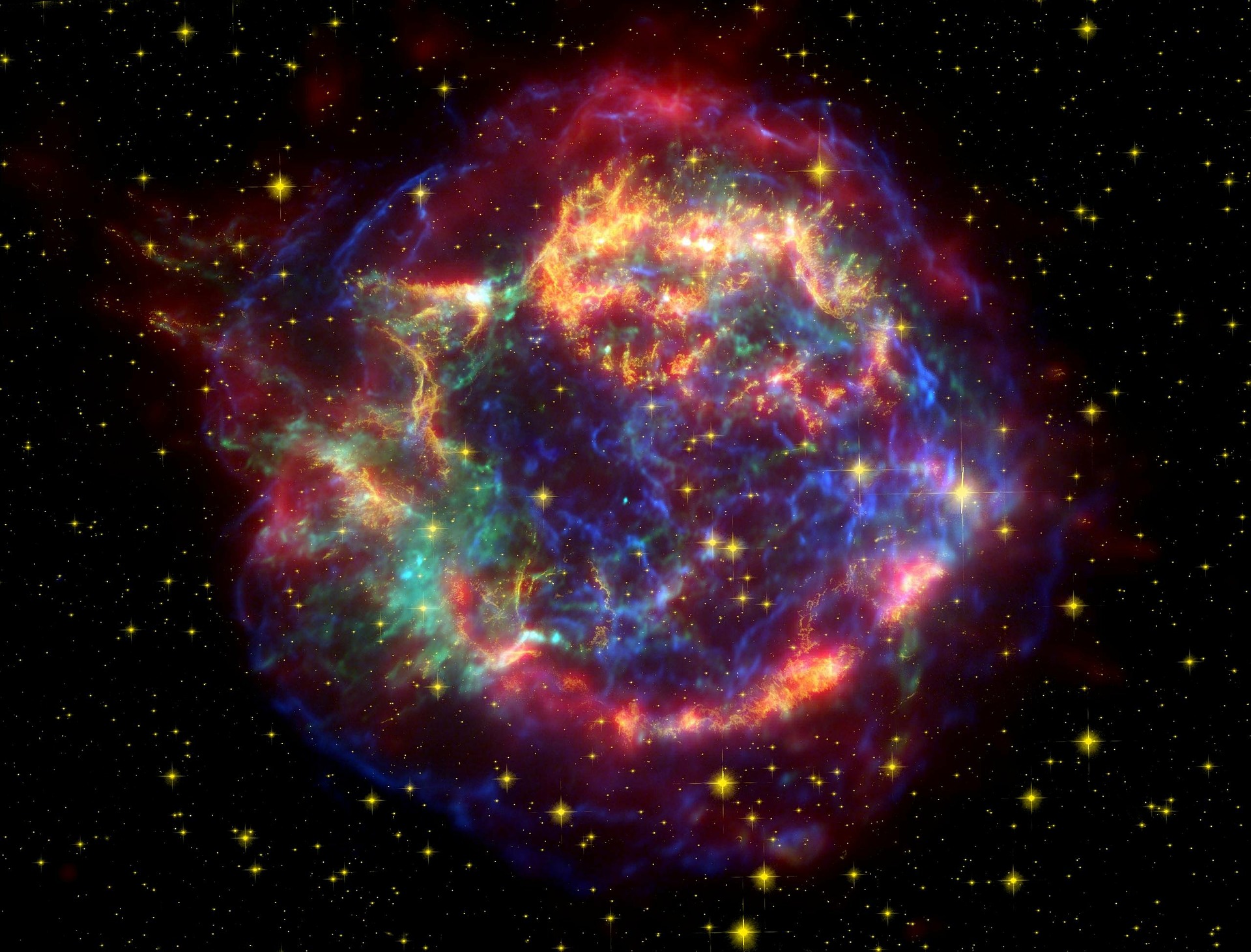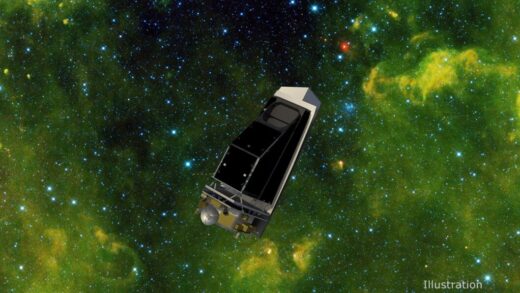Challenges, solutions in exceeding the light speed

We have been enjoying the spellbounding view of the sky for thousands of years. About challenges in exceeding the speed of light and for reaching to distant star, scientists have spent generations trying to develop new travel-technologies. However, there are some very real challenges for us to do so as, in order to approach a single, even the closest star, we need at least the speed of light, and it’s theoretically not possible at present, not to exceed, but even to achieve the speed of light.
In this post, we will explore firstly achieving and then exceeding the light speed and what scientists are doing to overcome these challenges. We’ll start by exploring some of the scientific problems with faster than light travel. We’ll also go over the possible solutions that scientists are working on to get us across vast distances of space in a relatively short amount of time.
What are the challenges with exceeding the speed of light?
Einstein’s Theory of Relativity
One of the challenges in generating higher speed than that of the light is Einstein’s Theory of Relativity, which tells us that nothing can exceed the speed of light in a vacuum. This is because, according to relativity, an object with mass will always have some amount of inertia or resistance to change that must be overcome in order for it go faster. The object would need an infinite amount of energy to accelerate the rest of the way to the speed of light. Something with finite energy can’t do it.
Compton Effect
According to the Compton Effect, the energy of a photon is related to its frequency and wavelength. If you increase the frequency of a photon by going faster than the light speed, but one of its challenges is that you need more energy in order to compress the waveform into a shorter wavelength. Only then, it can travel exceeding the light speed.
Quantum Mechanics
Similarly, the theory of Quantum Mechanics explains that some particles can have intrinsic properties that are not observable because of their non-locality or uncertainty. The only way to observe these properties is through a measurement that must take place at one point in space.
Form of Communication
If we are to send a message, our form of communication must be encoded into a particle with mass. This theory is among the biggest challenges, which blocks our road in achieving the speed of light as it states that ‘particles with mass‘ cannot travel faster than light.
Now that we’ve gotten all that out of the way, let’s look at what we can do to overcome these problems and get us out into the stars.
What solutions are there? (if any)
- In order to overcome the challenges regarding exceeding the limit of the light speed, one proposed solution was to create a warp bubble around a vessel that would move space-time itself and only allow the vessel to appear to move faster than light. However, for this method of travel the ship needs to carry fuel, increasing its mass and therefore making it impossible for it to reach the speed of light.
- Another proposal that suggests ways for overcoming challenges in exceeding the speed limit of light involves “wormholes” or tunnels in space-time. These wormholes can be navigated with some kind of vehicle thereby allowing to travel faster than light. Unfortunately, one of the challenges persisting this theory is these wormholes are believed to collapse before anything can travel through them.
- When you’re travelling at speeds closer than the speed of light, you’re actually travelling through time rather than space. This allows for the possibility of time travel. However, it involves challenges in sending messages as, to send a message back in time, you’d need a form of communication that can almost exceed the speed of light while traveling. So that would somehow defeat the purpose of time travel anyway.
Another hypothetical solution
Another hypothetical solution involves moving away from the concept of conventional “speed” altogether and replacing it with distance covered per unit time rather than speed itself. This was first proposed by J.J. Sakurai in his paper titled “Getting Somewhere: Six Steps to Travel faster than light”.
One of the most fascinating things about this method is that it is not affected by special relativity and allows for exceeding the light speed, aiding us to overcome the challenges mentioned above. In fact, according to Sakurai’s proposal, if a ship travelled away from a source of gravity fast enough, accelerating at 9.8 m/s² for 1 million years, an observer standing on the surface below would see the ship instantaneously appear further away from the source of gravity even though it had travelled for one million years at just above light speed.
Conclusion
In deed, exceeding the speed of light and traveling far and wide is a very interesting, full of challenges and complex theoretical concept. This post has scratched the surface of all that this topic entails and I’m sure we’ll come back to it again in the future.
Auto Amazon Links: No products found.


